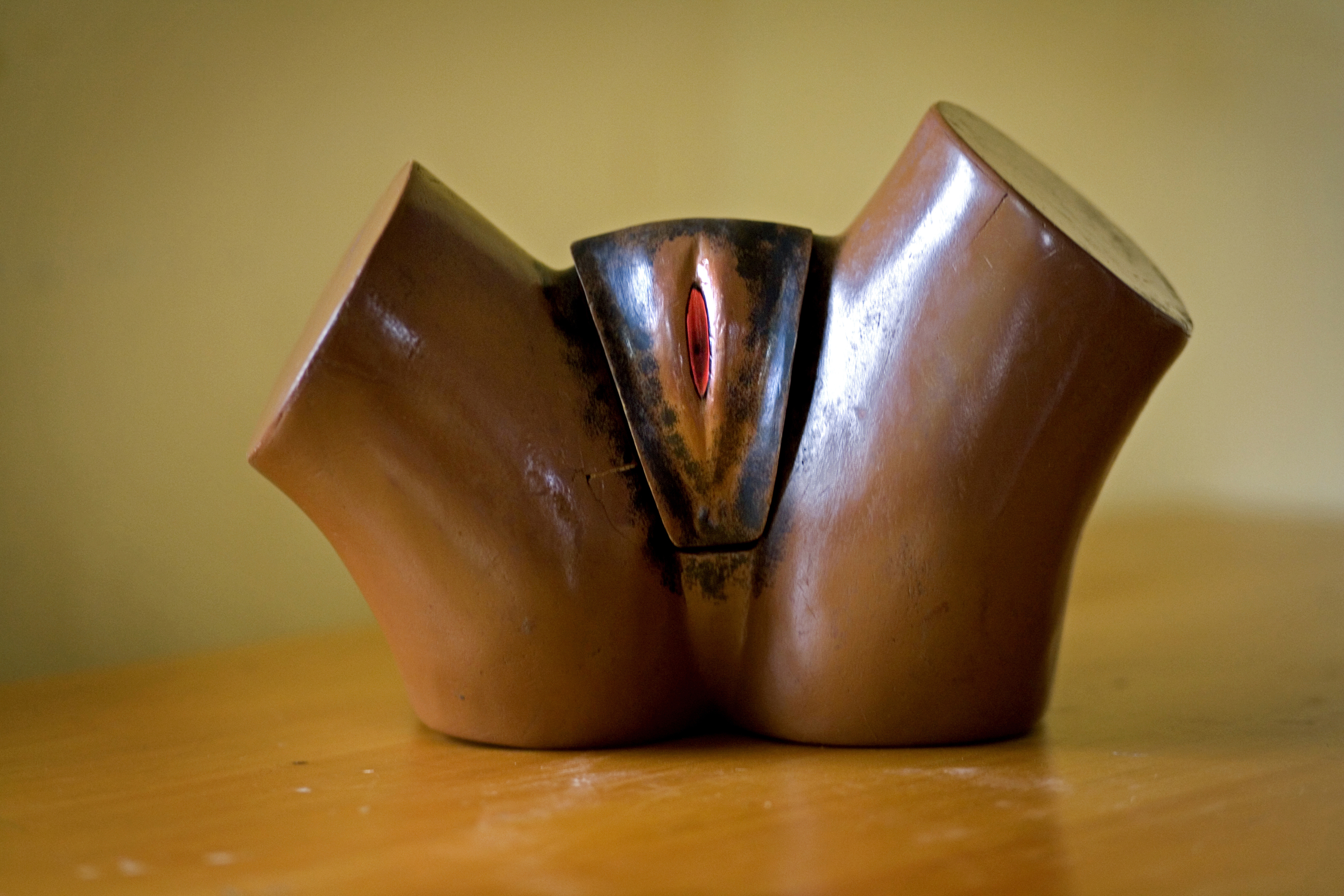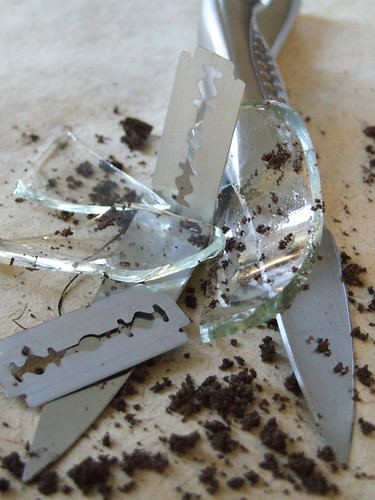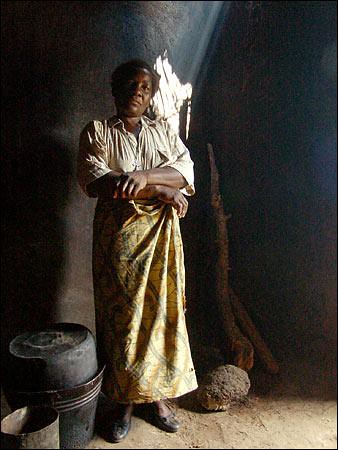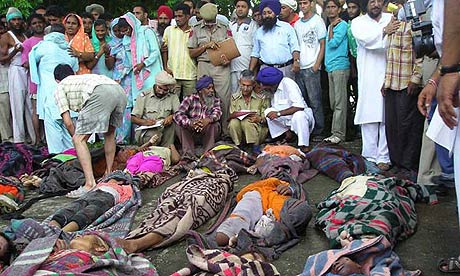
I learned that Saida was one of the first women to speak out against female circumcision in her community. Her daughter, who had been circumcised several years ago, had just given birth to twins. She was in labor for 4 days and almost died because of her circumcision scars. Saida now tells other women, "We are the victims of this practice, it is not our religion ~ it is a bad practice." Saida was just elected president of the Anti-Female Circumcision Association, a local organization whose mission is to end the centuries old practice throughout the Afar territory. To this day, thousands of Afar girls still get circumcised each and every year. Because they still believe its okay for them to cut on babies.
They were small girls who just liked to have fun. Play with their siblings if they had any. But I realized that it didn’t matter what age you were or who’s child you were , all that mattered was that they figured it must and it had to be done sat aside of what anybody say . nor how hard you cried kicked and screamed .they were going to do it anyway. So before researching this topic I thought it was certain ages or age groups and it wasn’t. Even though it’s not right at all. I realized that they only did what they thought was best for you or your child you had no say so. You had no input about anything but help me hold them down.
So while looking up this and realizing what happened to beautiful women whose lives were ruined to satisfy a man. Only cutting you enough so you would be able to use the rest room. It then came to me how women all over the place have it and had it hard sat aside of the things you think you’re going through. How hard your life was. When no one could take the pain those women had to take because in their countries that was what the men believed in. They didn’t give a damn how you felt. All it was I want to make sure they stay pure for marriage for the men in our country.
In a way it sort of seemed like they were slaves. It made them scared to speak up. Afraid to have children, because they didn’t want them to go through the same things they went through. Most people wanted to kill themselves if it meant they had to be circumcised. No one wanted to bare that pain and I don’t believe no one could ever go through what happened to them.
Therefore I am very proud that Saida spoke up for women. And I couldn’t imagine how hard it was for her to sit through that, and listen to her sister crying. Also for her sister to hear her crying. We must learn to be aware of what happen in other places besides were we are from.
“AND WE THOUGHT WE HAD IT HARD”
Therefore I am very proud that Saida spoke up for women. And I couldn’t imagine how hard it was for her to sit through that, and listen to her sister crying. Also for her sister to hear her crying. We must learn to be aware of what happen in other places besides were we are from.
“AND WE THOUGHT WE HAD IT HARD”









